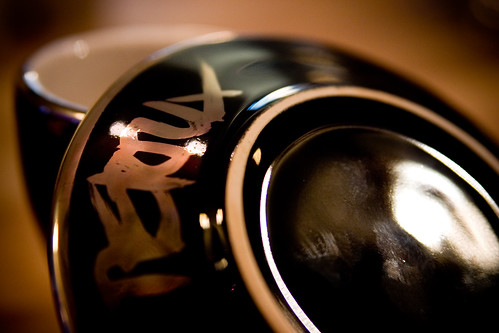


   |
Sharon's Muse.... Let's chat over coffee while I ponder some things |
About Me
My Meez 
Recent Entries
Archives
Personal
Interesting Sites
RAINE'S BLUES
GOLD MOUNTAIN
AGAIN
Need Flashplayer to view. Give time to load.
TOOL & BAD BOYS Short, Short Ebooks |
Tuesday, November 18, 2008  Maxine Hong Kingston Below is another BellaOnline repost, this one on writer Maxine Hong Kingston: As a young girl growing up in California in the 1940's, Maxine Hong Kingston lived in two worlds – the America she was born into and the China remembered and related to her by her mother. Storytelling was part of the Hong household, and Kingston's mother made sure that her daughter knew what it meant to be a female growing up back "home." Those tales, an amalgam of family history and Chinese folklore, stayed with Kingston into her adult years and eventually she translated them into her most popular work, Woman Warrior: Memoirs of a Girlhood Among Ghosts. Called a literary fiction by some, a memoir by others, Woman Warrior is actually a collection of distinct, but not disjointed, stories tied together into one poetic, lyrical tale. The child of immigrants, Kingston grew up bilingual and began composing poetry in English by the time she was nine. Later, as a young woman, she attended the University of California at Berkeley where she initially studied engineering, but then switched her major to English Literature, receiving a B.A. in 1962 and a teaching certificate in 1965. She married Earl Kingston, an actor, in 1962, and they moved to Hawaill where Kingston taught for ten years. Woman Warrior was published in 1976 while Kingston taught creative writing at Mid-Pacific Institute, a private school. At the onset, the work defied categorization, but no one could deny that the stories were rich in Chinese culture, told in a strong, vivid narrative that presented universal themes of familial conflict and the endurance of the female spirit against attempted subjugation. The book features five sections that present different aspects of Kingston's life and family history. One painful story is "No Name Woman", the tragedy of Kingston's paternal aunt who bears a child out of wedlock and is shamed by the villagers and her family into drowning herself; the narrator is told never to speak this woman's name, but she writes about her defiant aunt and proudly claims the outcast "my forebear." The title, Woman Warrior, comes from the second section, "White Tiger", which explores the power of woman (based loosely on the Chinese folktale of Mulan) in the tale of a young girl who grows up to become a warrior and save her oppressed village in defiance of a culture that denied personhood to females simply for being born such. Another tale explores Kingston’s mother's life in China (her mother had been a midwife) as a young woman experiencing her first taste of independence at a medical dormitory: "The women who had arrived early did not offer to help unpack, not wanting to interfere with the pleasure and the privacy of it. Not many women got to live out the daydream of women — to have a room, even a section of a room, that only gets messed up when she messes it up herself." Interspersed in the story is a ghost that Kingston’s mother seeks out amidst the dorm. Following the success of Woman Warrior, Kingston published China Men in 1980. Here she explored the male influences in her life. In 1987, she published Hawaii One Summer, a collection of twelve prose selections. Although published over 30 years ago, Kingston's Woman Warrior remains a popular selection of college classes that explore early feminism and third-world literature, and she is a pioneer among the voices of Asian writers today. Read an excerpt:  Labels: BellaOnline
|
| Layout Design by Hajira | Thanks to:Getty Images • Blogspot • Blogskins • |